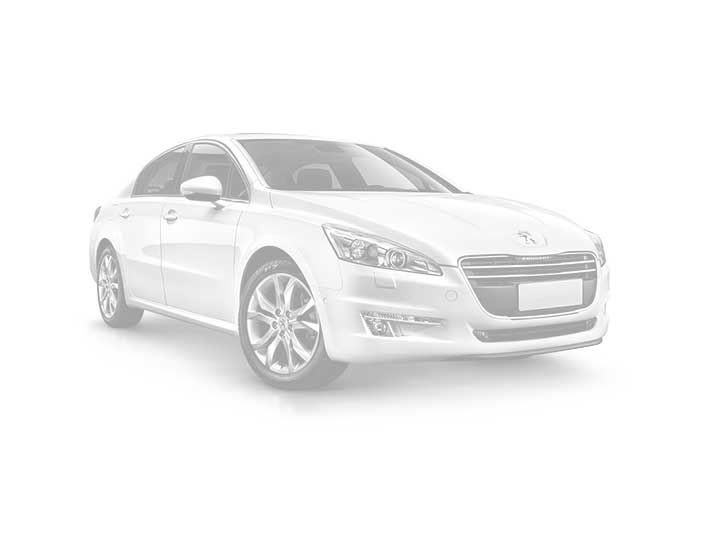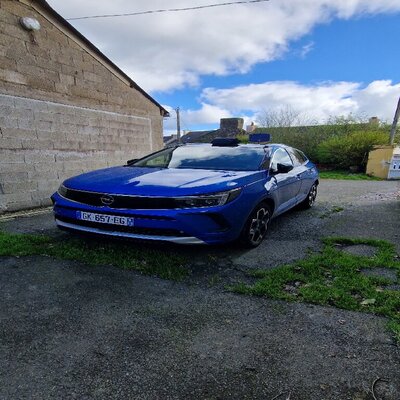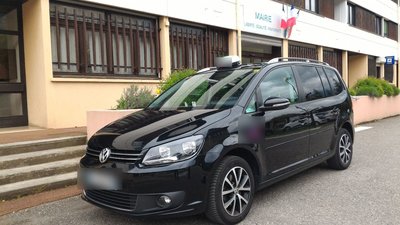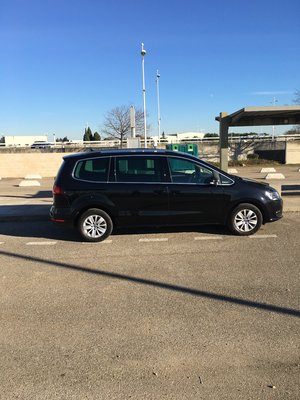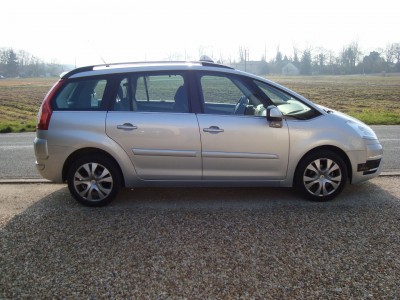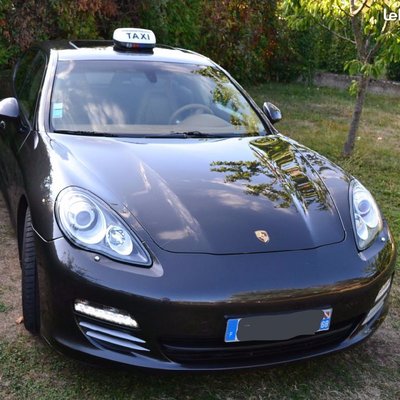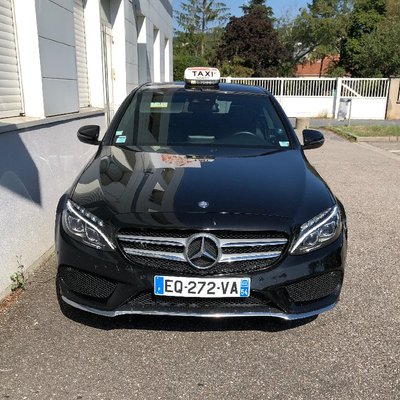Taxis France
Are you a taxi and would like to receive scheduled trip requests in advance? Sign up!
Presentation
Taxi service providers carry out private transport in vehicles for up to 8 passengers.
They have a constantly evolving job, there are approximately 55,000 in the whole of France, approximately 20,000 of which are in the Paris area. There is a varied range of taxis and diverse benefits.
The benefits :
- The service is available 7 days a week, 24 hours a day
- Widespread and easily accessible mode of transport
- Wide range of services
Safety
The profession
The taxi profession is very regulated. It benefits from certain advantages in comparison with other private vehicle hire but on the other hand, with more significant constrains.
Like the other categories of drivers, taxis can be reserved directly via a "taxi call center". However, taxi companies also have the right to pick up clients who did not reserve in advance, for instance on the side of the street.
A cab operator must therefore hold a "parking authorization" (license) in order to operate. The compulsory plate affixed to the front right-hand fender of the vehicle shows the parking authorization number and the commune to which it belongs. This authorization determines a customer pick-up zone, which varies in size within each region or département. In three-quarters of the Ile-de-France region, for example, the Paris Prefect of Police is the competent authority for issuing these authorizations. In other areas, authorizations are issued by the mayor of the local commune, after consulting the departmental commission for cabs and small delivery vehicles.
The taxi driver, either owner or employee, must hold a certificate of professional competence. His professional card must be displayed at the bottom of its vehicle's windscreen, and it must specify in which area(s) he or she can exercise his/her profession.
Taxis must accept handicapped passengers in their vehicle, as well as helping them to get in, when needed. Guide dogs for the blind are permitted to enter the vehicle at no extra charge.
On the other hand, it is important to remember that some taxis may refuse to take onboard animals, even in a cage or held on a leash. Therefore, it is useful to specify when making the reservation if you wish to travel with animals in order to find a driver that will accept them.
The taxis have the right to use special lanes and this results in a huge time saving for their clients especially in urban zones with heavy traffic.
Recognising a taxi in France is very simple, it must have the illuminated sign "TAXI", that indicates if it is available or not. When the sign is illuminated, the taxi can take a passenger, on the other hand if it is turned off, the taxi is occupied and there is already a passenger on board. Since December 31st 2011, all taxis in France have a green illumination to signal that they are available, and red to show that it is occupied.
At the back of the vehicle on the right, a meter displays the times the taxi service ends.
At the end of his shift, the driver must not forget to cover his taxi sign with a black sheath which indicates that he is no longer accepting passengers.
Reservation and Price
Every year, an updated regional law regulates the taxi's maximum fares during the days and nights.
The taxi is equipped with 3 fare lights in the Paris region and a fourth one for the province. These fare lights correspond to the fares A, B, C or D and are visible under the illuminated sign. The illuminated fare light is the one in effect.
Inside the vehicle, a taxi meter should be visible to the client. Based on this horokilometric meter the ride cost is calculated.
There are 4 methods of taking a taxi : :
- Reserve a taxi through a call center.
- Wait for a taxi at a taxi rank nearby your location in urban areas.
- Hail a taxi in the street.
- Plan your trip via the monTransport.com platform that allows you to book your driver after having compared different bids and benefitting from a fixed priced known in advance.
The vehicle
Taxi providers use all types of vehicles with 4 to 9 places, including the driver.
There is a very varied range of taxi vehicles: sedan, a family taxi like a cruiser or minivan, a 4x4, a hatchback for more space or even a brand name vehicle with more comfort...
Various options/services can be provided when the reservation is made, for example : :
- Booster seat (child seat)
- Air conditioning
- Drinks
- Newspapers
- Wifi connection
- GPS equipment with traffic display in real time
- A bilingual chauffeur
A little history
We could associate the origin of the taxi with the time of the horse drawn carriage, the Hansom cab - Hackney Carriage. Little by little the automobile appeared, which allowed for electric cabs to see the day in 1898 and for taxis to become more accessible.
Since 1910 the taxi has become an integral part of the town and has become a useful, efficient and comfortable form of transport. The meters having already appeared and the well known Marne taxis during the 1914-1918 war open new perspectives to the business, notably for the Parisian taxis.
From 1919 to 1939, approximately 50,000 Russian exiles came to Paris. Amongst them, the wealthiest became taxi drivers, carrying at the same time their clients and also documents containing important information for their compatriots in different suburb towns.
In 1936, the number of Russians in the profession had doubled since their move to France. The rich deprived Russians are therefore the emblem of the taxi, and the profession is already difficult to access. At that point, the number of taxis continues to increase, at the same time as the density of the traffic. The libertine spirit and the popularity of areas such as Pigalle, as a symbol of parties and liberty of that era, promote the use of the night taxi.
At the start of the 1980s, 14,000 Parisian taxis are recorded, which is notably thanks to the development of the international business areas such as la Defense.
It is from 1983 that the new illuminated sign appeared for taxis with the fare display that we know today.
The history of the taxi is therefore in constant evolution, and it is not ready to disappear. It remains the most used individual transport method in France.

